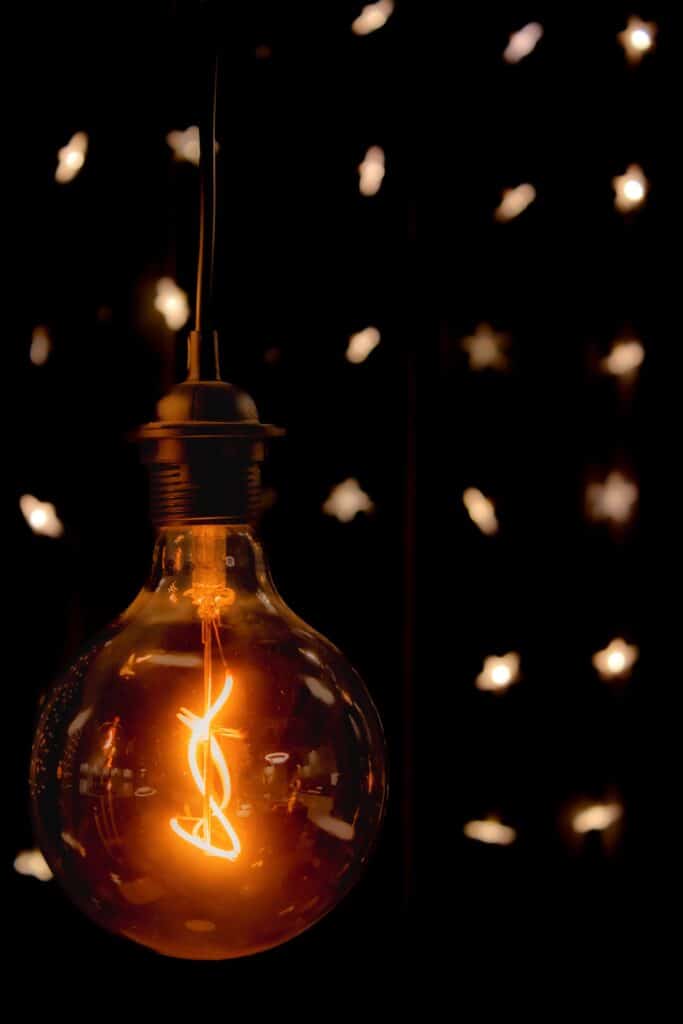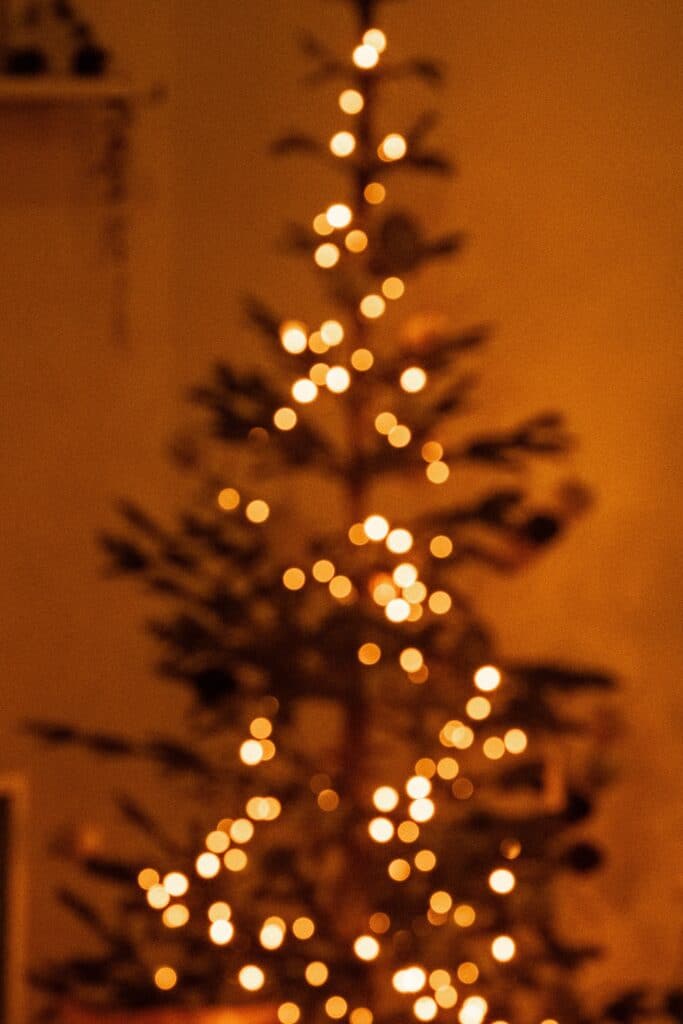Indoor Micro, a seasoned DIY enthusiast, invites you to join in the assembly of a 12″ 16 Bulb DIY LED Grow Light Panel, suited for a 2×2 Grow Tent. With this guide, you’ll be able to craft an incredibly effulgent grow light to rival any commercially available variant on the market. The finished product promises to harness the power of 16 A21 13-watt LED bulbs, combined in an inexpensive yet efficient fixture construct to provide an impressive 19,000 lumens.
Following the journey of a nine-bulb square fixture, which is now set to be magnified to a 16-bulb fixture, this article provides an intensive, authentic DIY experience with step-by-step instructions. Assembling the fixture from cheap, yet high-performing light sockets acquired from eBay, bulbs sourced from Amazon, and just regular lumber, the guide carefully leads through the wiring and assembling, culminating in a cost-effective, powerful light panel that outshines even its nine-bulb progenitor.
1. Choosing the Right Materials
To build our own LED grow light panel, the materials we’ll need are pretty straightforward. They include light sockets, LED bulbs, lamp wire, a mounting board, and an extension cord. Let’s elaborate on each one.
1.1 Light Sockets
We used inexpensive, square-shaped light sockets that we found commonly available on eBay. From our past experiences and learnings, we’ve found that these sockets are not just budget-friendly, but also serve the purpose effectively. We used sixteen of these for our 12″ square panel.
1.2 Light Bulbs
For the bulbs, we opted for A21 13-watt LED bulbs purchased from Amazon. These have proven to be cost-effective and suitable for growing needs. Since they emit white light of 3000K, we find they don’t strain the eyes like the traditional red and blue grow lights.
1.3 Lamp Wire
The wiring process involved a 16-gauge lamp wire, which we wired all 16 sockets in series across the square board. This method proved efficient and well-organized.
1.4 Mounting Board
Our mounting board was a quarter-inch plywood, supported by some ripped lumber to add rigidity. This prevented sagging and allowed for the successful mounting of the light sockets.
1.5 Extension Cord
To tie it all together, an extension cord served as the power cord. We cut a standard extension cord to fit our needs, and it proved to be a significant component of the build process.
2. Designing the Panel Layout
2.1 Determining the Number of Bulbs
We decided to use 16 bulbs for our light panel to maintain the balance between power and heat generation. This would also help facilitate better light distribution for plant growth.
2.2 Mounting the Sockets on the Board
Mounting the sockets on the board involved a significant amount of planning and measurement. We made a grid with 2.5 inches plus a half inch on all sides of each socket. This layout would allow adequate space between the bulbs.
2.3 Ensuring Proper Airflow
Airflow was another critical factor we needed to consider. Our decision to use 16 bulbs would generate a fair amount of heat, so we drilled holes in the board to allow air to pass freely.

This image is property of i.ytimg.com.
3. Wiring the LED Grow Light Panel
3.1 Exploring Series vs Parallel Circuits
For our LED Grow Light Panel, we wired all 16 sockets in series circuit. A series circuit is a simple and straightforward way to ensure consistency in the flow of electricity, which can help the LED bulbs last longer and maintain a steady brightness output.
3.2 Step-by-step Wiring Guide
We began the wiring process by intricately measuring and cutting our lamp wire to fit the pattern of our light panel. Each section of wiring was methodically joined to the next with our trusty light sockets, completing a circuit that ran across our board.
3.3 Tips to Simplify the Wiring Process
From our own experience, we suggest using a standard 16-gauge wire over an extension cord for a smoother wiring process. It may be difficult to fit an extension cord into the light socket, but you can make it work with some patience.
4. Adding the Final Touches
4.1 Attaching Light Hangers
We attached light hangers at each corner using screw eyes to provide a simple yet robust way to position the LED grow light panel in the desired location.
4.2 Inserting the Light Bulbs
Without a hassle, we inserted our bulbs into their respective sockets, taking shape as a DIY LED Grow Light Panel.
4.3 Securing the Wiring
After all the bulbs were in place, we did a final check on our wiring. Securing it properly ensures safety and peak performance from our LED Grow Light panel.

This image is property of images.pexels.com.
5. Comparing DIY LED Grow Lights to Commercial Grow Lights
5.1 Cost-effectiveness
Building our DIY LED Grow Light was significantly more cost-effective. We estimated the total cost of the fixture to be around $20 and the total around $60 to $70, including the bulbs. Compare this to a commercial light, which can fetch a few hundred dollars easily, our DIY version becomes an attractive option.
5.2 Light Spectrum
Our preference is for plain-old 3000K or 5000K lights, which emit a more natural-looking light. We find it much more pleasing to the eyes compared to the red and blue grow lights found in commercial products, which can be visually disturbing for some.
5.3 Heat Emission
Using 16 light bulbs did increase the heat emission a little, but with our design for smooth airflow, it was handled efficiently.
5.4 Customization Options
With a DIY Grow Light, you get a multitude of customization options. This includes bulb selection, the choice of grid, and even the design of the light panel. It’s also easier to replace elements in case of failure or upgrades.
6. Testing and Evaluating the DIY LED Grow Light
6.1 Measuring Energy Consumption
Our panel used a total of 208 watts – significantly lesser energy consumption when compared to commercial grow lights.
6.2 Assessing Light Output
Our light panel emitted a bright light of nearly 19,000 lumens, providing ample light for plant growth.
6.3 Analyzing Cost-efficiency
Upon evaluating, our panel’s cost-effectiveness was evident. The lesser consumption of energy, combined with a sufficient light output, made the project worthwhile.

This image is property of images.pexels.com.
7. Troubleshooting Common Issues
7.1 Bulb Failure
One common issue that we faced during the construction was bulb failure. However, as DIY enthusiasts, this wasn’t a major problem. We merely replaced the defective bulbs and proceeded with the project.
7.2 Overheating
Although our panel generated some heat as it included 16 bulbs, we had already designed the mount board for efficient heat dissipation.
7.3 Dim Light Output
Our LED grow light panel was bright enough for the plants’ needs. However, should you find your light output dimmer than expected, try checking the connections and ensuring your bulbs are of good quality.
8. Safety Precautions and Guidelines
8.1 Electrical Safety
Wiring the panel calls for precautionary measures since we are working with electrical components. Always disconnect from the mains when working on the circuit, and use insulated tools to prevent electrical shocks.
8.2 Fire Hazards
While the panel was designed for robust heat management, it is still crucial to place the grow light panel in a well-ventilated spot. This step helps manage the additional heat that the bulbs generate.
8.3 Eye Protection
LED bulbs are bright, so ensure you have reliable eye protection while working on the panel or maintaining it.

This image is property of images.pexels.com.
9. Taking Your DIY LED Grow Light to the Next Level
9.1 Advanced Wiring Techniques
Once you’ve mastered the basic setup, you could explore advanced wiring techniques for a more complex panel design.
9.2 Incorporating Smart Controls
Adding smart controls like dimmers or switches could help manage light intensity, duration, and on/off cycles.
9.3 Upgrading Light Bulbs
The more power in the bulbs, the more beneficial for your plants. Experiment with other LEDs to optimize your panel’s performance.
10. Conclusion
Creating our DIY LED Grow Light Panel was a rewarding and informative project. We learned a great deal about wiring, circuit design, and the lighting needs of plants, all while building a cost-effective solution. We urge other DIY enthusiasts to explore such projects, and with our guide, we believe you’re equipped to build your own LED Grow Light Panel. Happy building!
We managed to create a pretty impressive LED Grow Light Panel. Here are the links to the components we used.
The Light Sockets used are sourced from eBay within the USA.
We used these Light Bulbs from Amazon
We hope that you found our guide helpful! Please visit our website, Indoor Micro, and don’t forget to like, comment, and subscribe for more content, we appreciate your support. Cheers!


